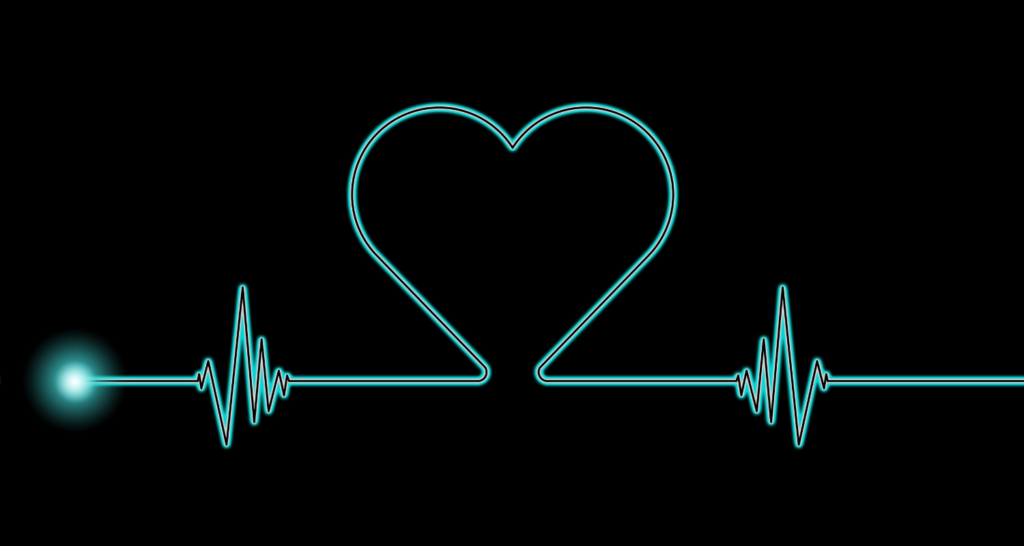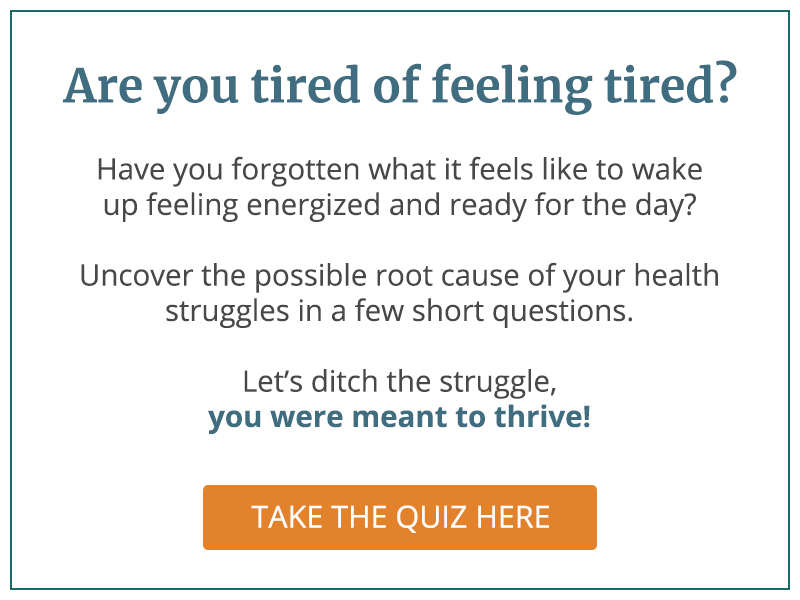Did you know that your heart rate isn’t one, single number?
When your doctor gives you a heart rate reading, it’s really a range of numbers.
And that’s because your heart beats irregularly.
Your body is constantly in a state of change, right? So your heart rate varies depending on if you’re relaxing, sleeping, working, exercising — any number of different activities cause changes to your heart rate.
Your heart rate variability (HRV) refers to the variability, or irregularity, of the heartbeats. It’s a beat-to-beat measurement of changes in heart rate.
You might be quick to assume that a steady, less variable heart rate is the preferred state of being. However, it’s actually the opposite — a higher variation in heart rate is actually an indication of better health.
Ideally, your HRV should increase while you’re relaxing, sleeping or meditating. And it should decrease during times of stress or exercise. This means HRV should be higher when your heartbeat is slow, and lower when your heartbeat is high.
When you’re in a relaxed state with a high HRV, this is when your parasympathetic nervous system takes over.
When you’re in a stressed state with a correspondingly low HRV, your sympathetic nervous system takes over. This is the “fight or flight” based system. One that helps you respond to momentary stressors.
You can probably guess what happens to your HRV when you’re in a state of chronic stress…it becomes lower — even while you’re resting. This is not an ideal state for the body to be in for long.
HRV As An Indicator Of Health
Studies have shown that people with low HRV are more likely to have:
- Insulin resistance
- Diabetes
- High blood pressure
- Inflammation
- Heart disease
- Liver disease
- Depression
- Anxiety
Conversely, those with high HRV have been shown to experience:
- Lower levels of inflammation
- Slower aging
- Lowered blood sugar
- Increased ability to adapt to new situations
In short, high HRV is a good, broad indicator of health — one that some researchers are saying is as representative of overall well being as say, blood pressure, or cholesterol levels.
The best part? HRV is a non-invasive way to track and identify nervous system imbalances. It’s relatively easy to determine one’s HRV with apps and heart rate monitors. It’s no longer necessary to evaluate the HRV with an expensive electrocardiogram in a medical office — which is why doctors like me are so excited about the prospect of using HRV to help patients understand these measures of their own well being.
You can even use HRV to determine how hard you should make your workout for the day. Many athletes are now using advanced heart rate monitors to decide if they should be focusing on a strenuous activity for the day or keeping things a little less intense. HRV monitors can tell if you’re in a state of stress, so they can indicate that it’s not a great idea to go hard at the gym. Once the HRV monitor shows that you’re in a more relaxed state of recovery, you can use that information to incorporate a bit more activity into the day.
How To Achieve A Healthy HRV
In order to achieve a healthy, high HRV, we want our parasympathetic nervous system to be in control of our body as much as possible, not the sympathetic nervous system. When the parasympathetic nervous system is in the driver’s seat, our body is in a relaxed, balanced state.
So what can we do to encourage this mechanism?
We focus on those things we already know can bring optimal health:
- Eating an anti-inflammatory diet
- Getting regular exercise
- Practicing meditation and mindfulness
- Breathing exercises
- Focusing on getting ample amounts of sleep
- Managing stress levels
- Toning your vagus nerve
- Building in proper rest and recovery times to workouts
- Focusing on positive emotions and gratitude
Overall, focusing on bringing up your HRV is a great way to increase your health. It’s another way we can measure what’s going on to predict the best outcomes for your future.

Let’s Talk About Your Healthy Heart
In my practice, I’ve used HRV as an indicator of health and motivator for my patients for years.
I’m so excited about the advances in technology that are allowing us to better understand how the brain affects the heart and vice versa.
What’s really fascinating is the relationship between our emotions and our heart’s rhythm changes. Emotional states of anger, anxiety, frustration — they all affect our HRV negatively. Appreciation, joy, love, happiness, all of these positive emotions affect the HRV in a positive way. So by simply learning to control our emotions, we can help control our HRV. If we can learn to activate and access a positive state of mind we can literally change our health.
If you’re interested in learning more about these wonderful techniques that you can use to change your life and your health, schedule a consultation with me here so we can chat. I look forward to it!
References
“The benefit of heart rate variability biofeedback and … – NCBI.” https://www.ncbi.nlm.nih.gov/pmc/articles/PMC4835037/.
“Trait Self-Compassion Reflects Emotional Flexibility Through ….” 2 Jun. 2016, https://link.springer.com/article/10.1007/s12671-016-0549-1.
“Heart rate variability reflects self-regulatory strength … – NCBI.” https://www.ncbi.nlm.nih.gov/pubmed/17444926.
“Heart Rate Variability: New Perspectives on … – NCBI.”
https://www.ncbi.nlm.nih.gov/pubmed/25694852.
“Depression, heart rate variability, and acute … – NCBI – NIH.” https://www.ncbi.nlm.nih.gov/pubmed/11673340.
“Influence of non-alcoholic fatty liver disease on … – NCBI.” https://www.ncbi.nlm.nih.gov/pubmed/23626730.
“Impact of heart rate variability on C-reactive protein … – NCBI.” 4 Nov. 2015, https://www.ncbi.nlm.nih.gov/pubmed/26595902.
“Association of glucose homeostasis measures with heart rate ….” 16 Mar. 2016, https://www.ncbi.nlm.nih.gov/pubmed/26983644.
“Low heart rate variability in a 2-minute rhythm strip … – NCBI.” https://www.ncbi.nlm.nih.gov/pubmed/10982537.
“[PDF] Time and Frequency Domain Analysis of Heart Rate ….” https://www.semanticscholar.org/paper/Time-and-Frequency-Domain-Analysis-of-Heart-Rate-in-Seyd-Ahamed/78c47e5ceb6dba8f56c72b36608e94782753ee1f.
“[PDF] Time and Frequency Domain Analysis of Heart Rate ….” https://www.semanticscholar.org/paper/Time-and-Frequency-Domain-Analysis-of-Heart-Rate-in-Seyd-Ahamed/78c47e5ceb6dba8f56c72b36608e94782753ee1f.


